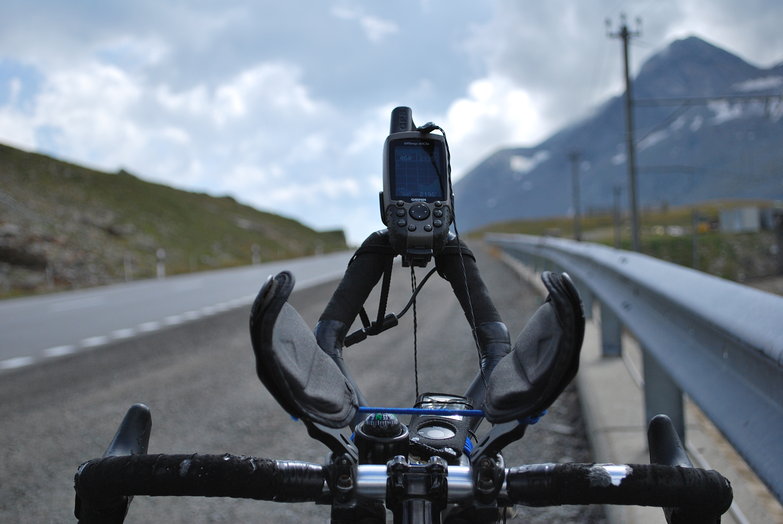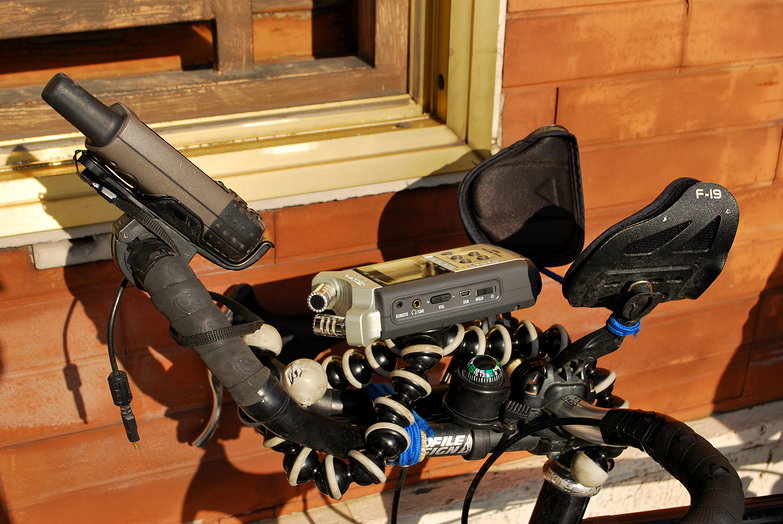The Garmin 60 series has been on the market since 2004. My very first GPS was the now discontinued 60CS model. I used it with great success for many years on road trips in the USA, both in a car and mounted to the handlebars of a motorcycle. The rugged, waterproof device easily withstood the beating of countless drenching rainstorms and numerous accidental drops (one of them into a mud puddle!).

So, when preparing for our bike tour, one of the few pieces of gear I didn't research thoroughly was our GPS. I purchased the newest model, a 60CSx, after a cursory glance at the specs page to confirm it supported the use of some sort of memory card (it uses miniSD). At the time, I was consummate over-planner who researched every purchase over $50 to death and back (Tara's note: he even researched the under $50 ones!). This complete disregard for an entire market full of interesting devices says a lot. I don't regret my decision.

Before we left, I prepared several miniSD cards with maps for the countries we planned to travel in using Garmin's Mapsource software. We traveled through all Western Europe using City Navigator Europe NT maps. For the rest of the world, we're using a combination of free maps I've found online and Garmin's WorldMap, which contains major highways and cities for the entire world.
To date, we've purchased exactly one paper map (of Tunisia) and we never opened it. These free maps were more than good enough to do the job.
Below is a screen capture of a proposed route through Romania in Mapsource:

I originally planned to power our GPS with a solar panel. Unfortunately, the Solar Gorilla we purchased failed in the first month of our trip (intermittent connection on the USB port). When it worked, I was able to reliably power our CSx in rainy, cloudy England. After a long and arduous attempt to receive a replacement from the UK based Power Traveller, they sent us the wrong hardware, instead shipping us a Power Gorilla.
We've since switched to using rechargable batteries (the 60 series takes two AAs), which last three or four days on a charge. We carry eight of them, which easily gets us from one rest stop with electricity to the next.
Another cool use, though not limited to our GPS, are the route lines you see on our google map. They come from the tracks we download from our 60CSx every night. In fact, all of the stats about distance traveled, ascent, descent etc are automatically populated to our bicycle touring database by a small piece of software I wrote to read them. The whole process takes five minutes each night. Pretty nifty.
I really can't say enough good things about our GPS, it just works. I would buy it again in a heartbeat.

The bar mounted field recorder was a very short lived experiment which didn't work very well at all!